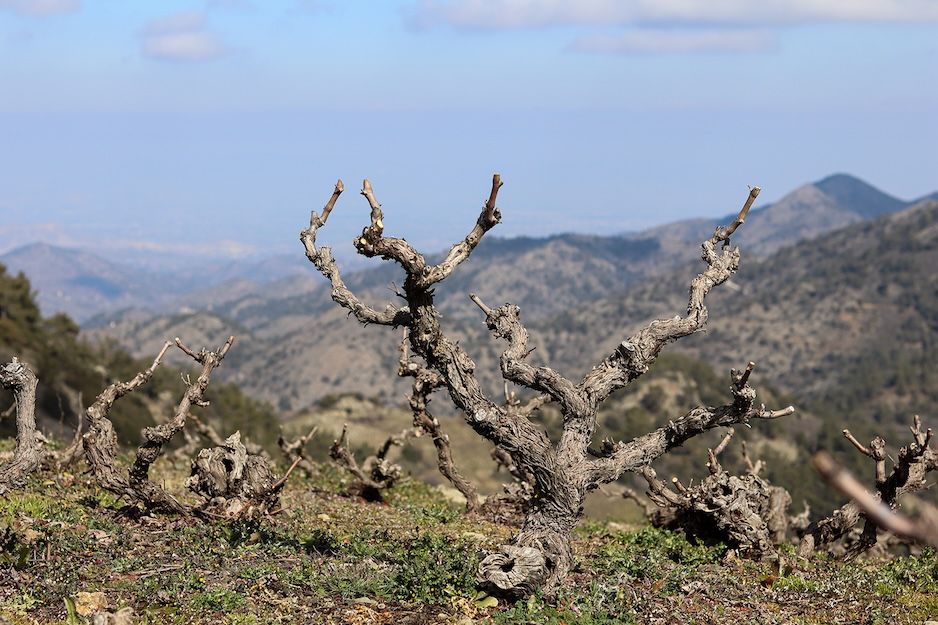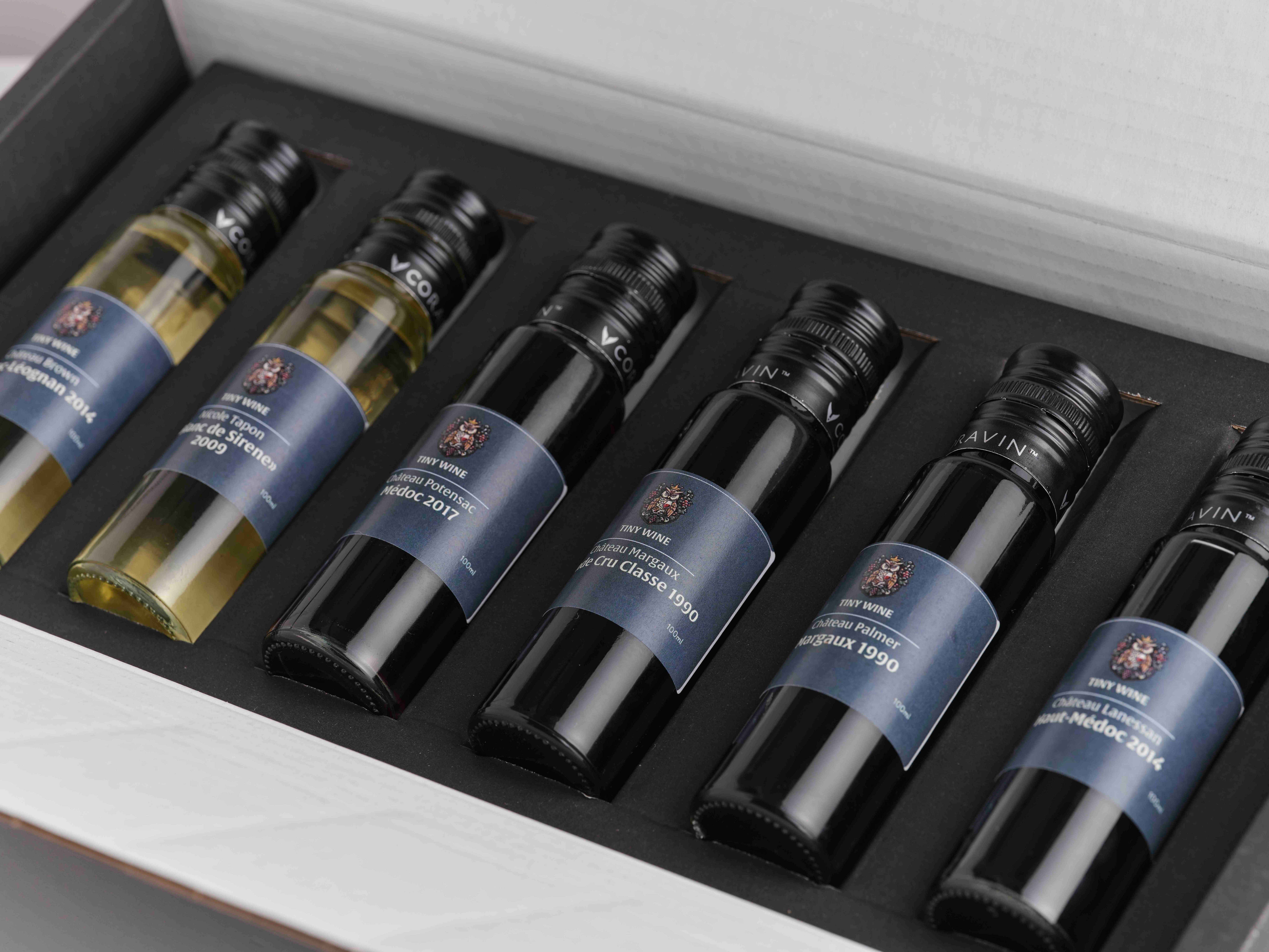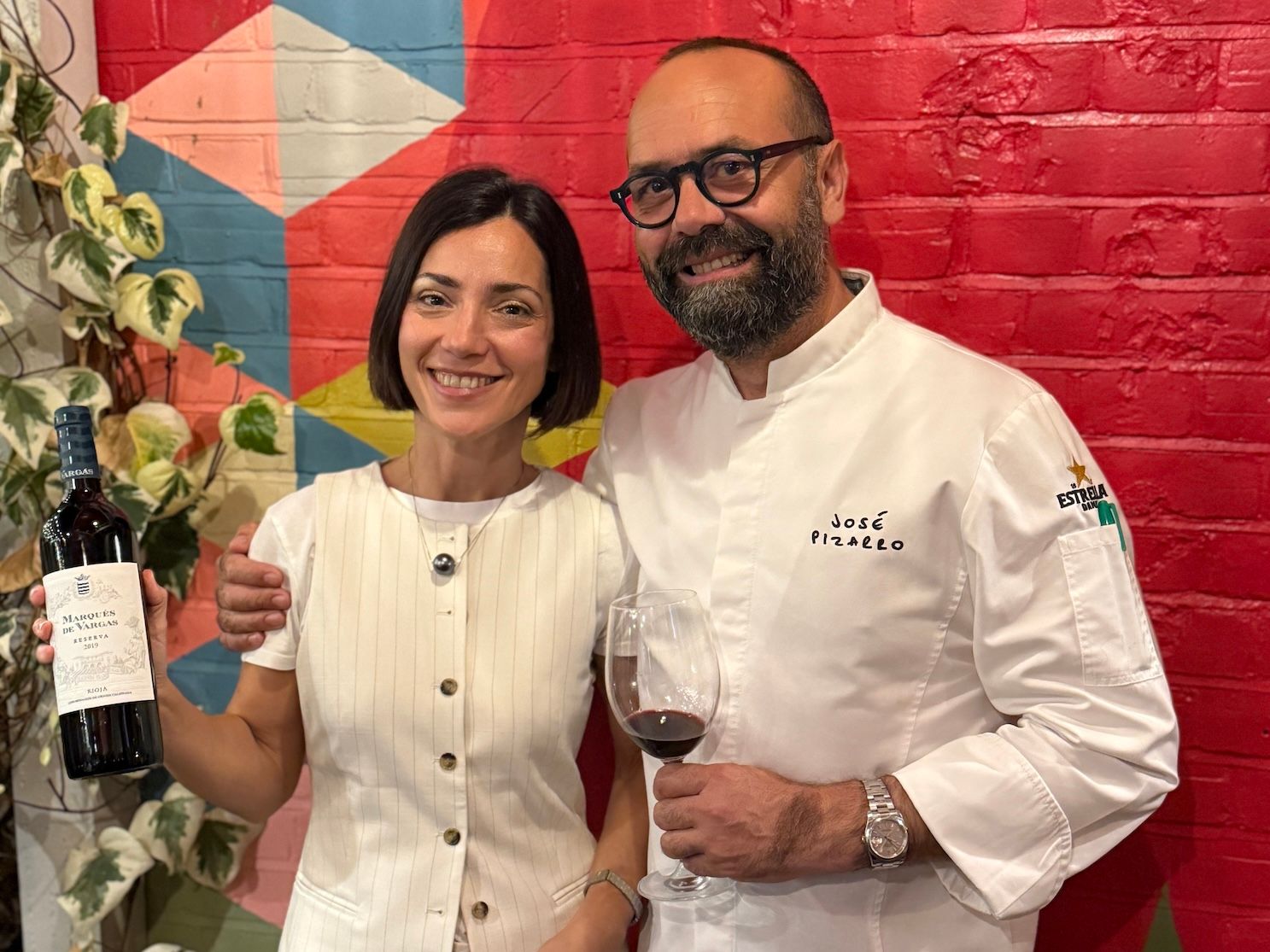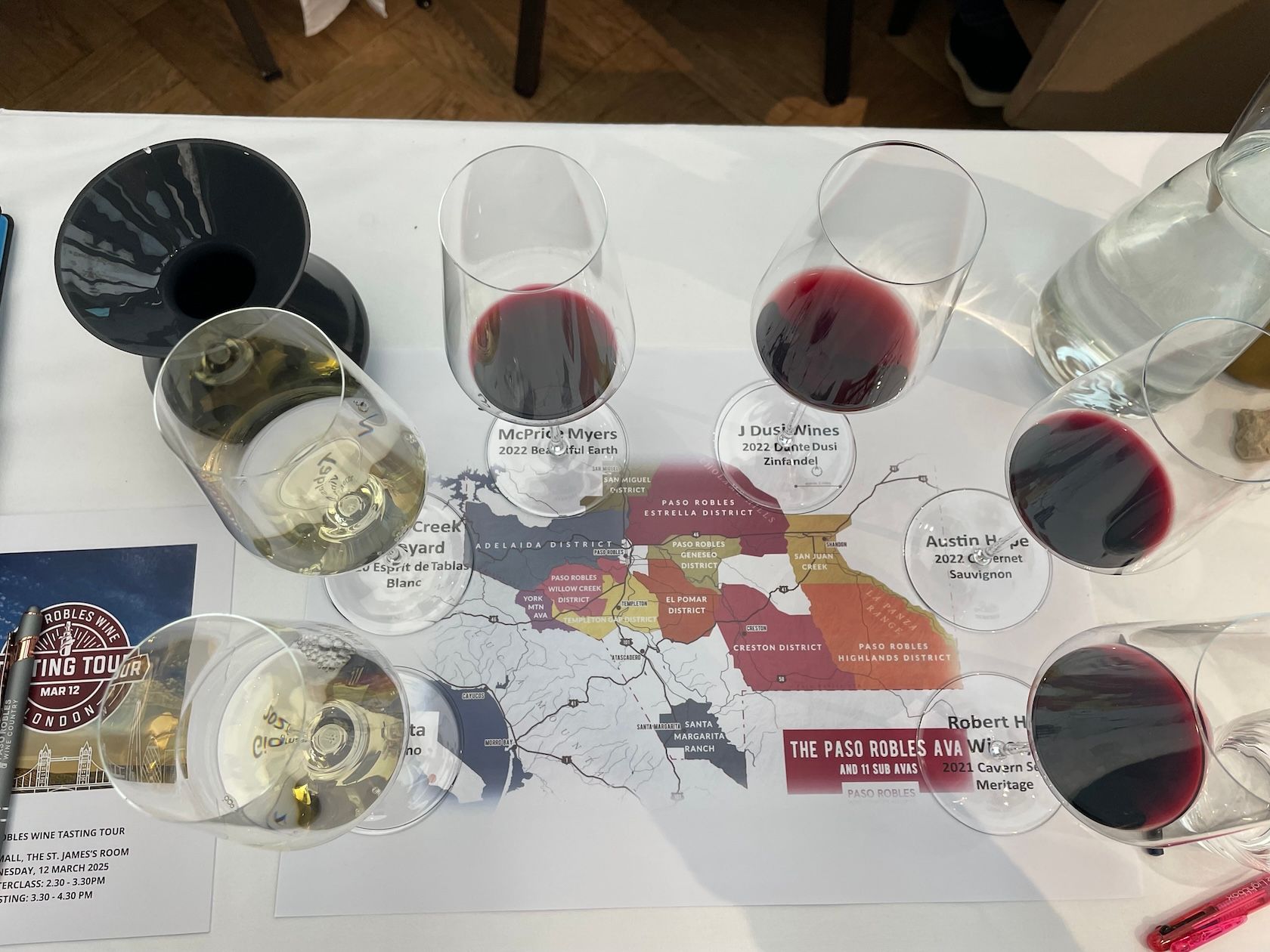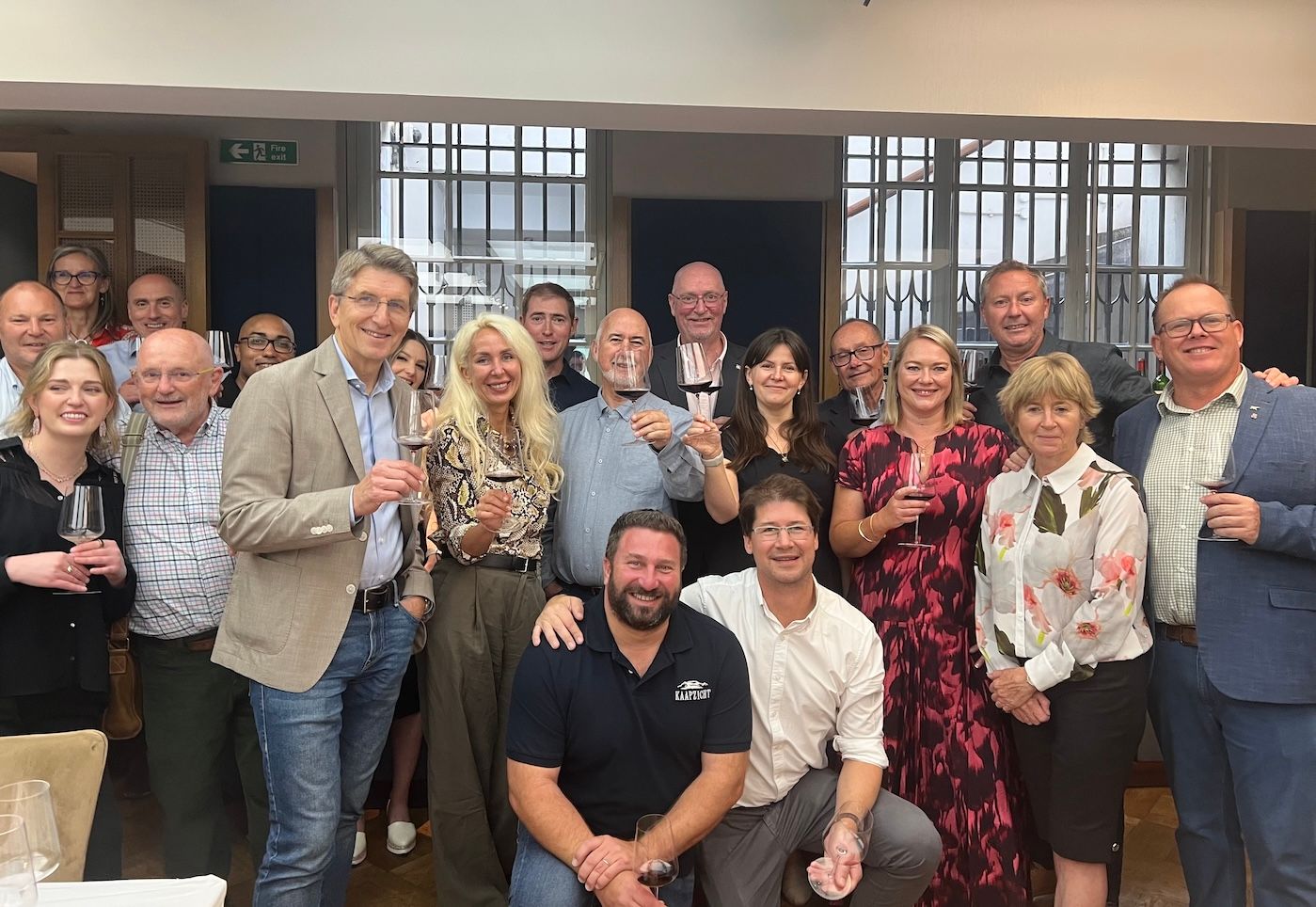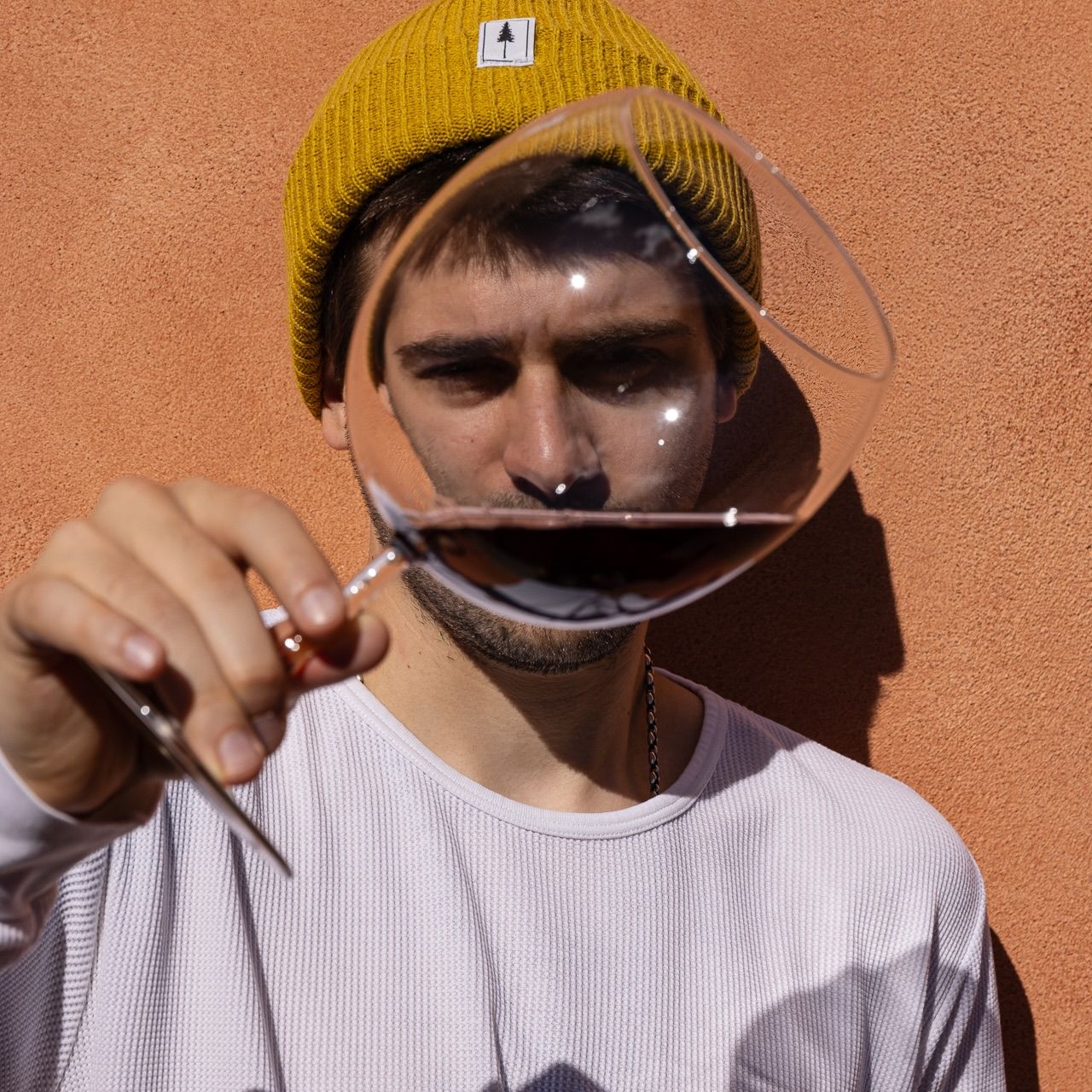Part of the California Wines Institute’s Sustainability Code is to have Napa and Sonoma counties 100% adhering to Sustainable Winegrowing by the year 2020.
Scott McKenzie, eh? What a song! “If you’re going to San Francisco, be sure to wear flowers in your hair!”
San Francisco was the birthplace of the hippy crowd, all about peace and love, make love not war, and maybe a few too many scoops of lysergic. It’s all about bringing it back to mother earth and living right.
So fast forward a couple of decades and it shouldn’t surprise anyone that one of the biggest take-homes from the trip to the West Coast was that California is one of the world leaders in Sustainable Winegrowing.
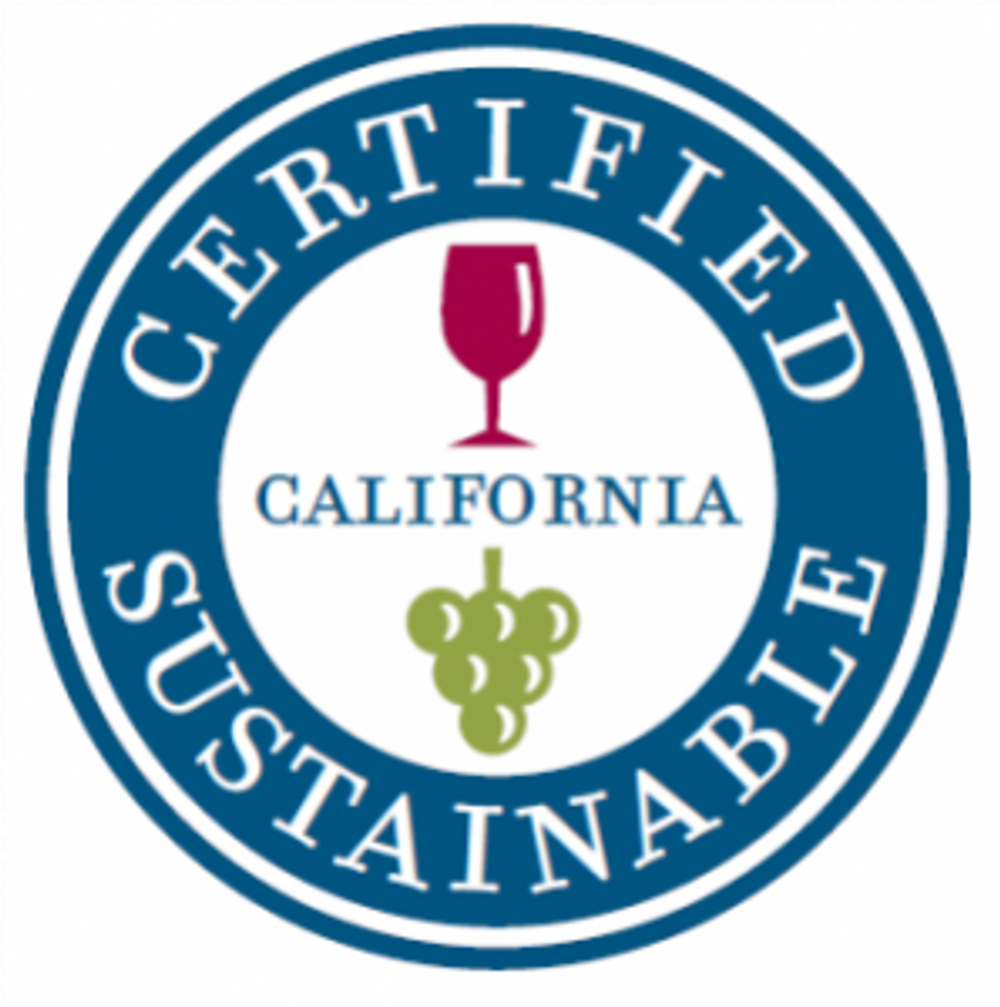
Apologies in advance for being firmly wedged on top of the soapbox, but I love them for it!
So first up, the valid question, what is Sustainable Winegrowing?
It’s all getting a bit dizzying with all these terms like Biodynamic, Natural, Organic, and Sustainable.
Annoyingly enough they all mean slightly different things, but the salient fact is that you think about Organic or Biodynamic viticulture, then you add on raw material and energy efficiency practices in the winery, look after the ecosystem around you, a bit of care in the community, and a focus on looking after your employees. Then you’re at Sustainable Winegrowing.
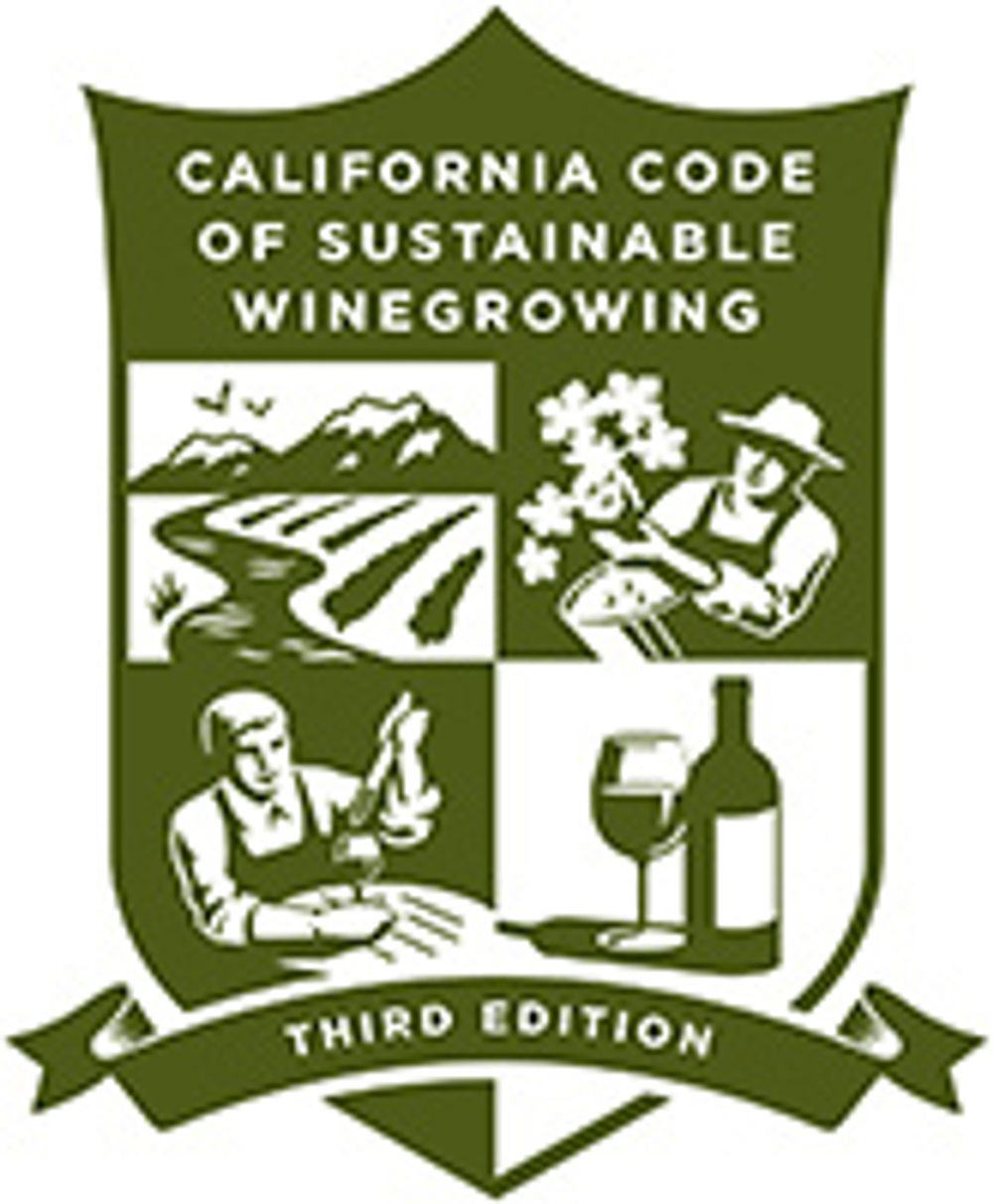
The Californian Wine Institute, our gracious hosts for the week, pride themselves on their Sustainable Wine Program. It’s all about making it as easy as possible for the winemakers and grape growers to be part of bringing the winemaking world back into the good books of the communities they work in, and the global eco battle.
I have to say, it made me chuckle a bit when they talk about making it easy, as the booklet they produce has over 20 chapters and hundreds of best practice tick boxes to hit, doesn’t sound that easy does it?
But clearly they’re doing something right, as they are being awarded Green gongs left right and centre – down to their large upswing in participation across the State.
Napa and Sonoma have caught the sustainability bug in a big way
More specifically we were based in Napa and Sonoma for the week we were out there, and both these counties have caught the sustainability bug in a big way.
These are two premium wine producing counties that realise that it’s no longer good enough to produce great wine. The buying public want more, they want a story they can believe in.
It’s with that in mind that the Napa Green, and something similar in Sonoma were launched to get both counties 100% sustainable by 2020.
Sounds a tough stretch, but it’s one of the upsides in the self-regulation of it all is that peer pressure between winemakers will have its effect as well. Winemakers that buy in grapes will hold grape growers to account, with those that ignore the trend slowly losing out.
Of course, most of the practice involves what we’d consider everyday organic and biodynamic practices.
Looking after the soil is a number one priority
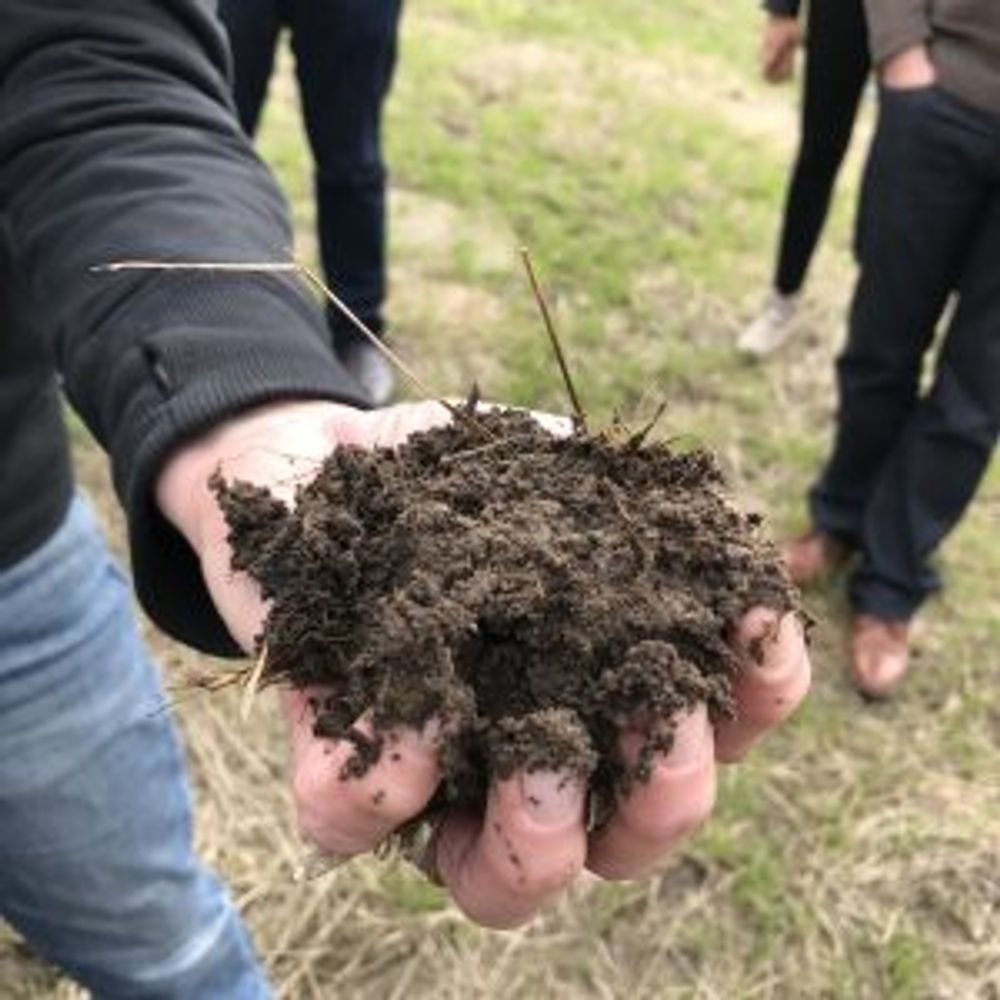
We were there just before budburst, so cover crops were all over the place, with beans and peas the legumes of choice, bringing nutrients back into the soil. Leaving sites fallow as part of best practices regenerates the soils but also breaks pest and disease cycles.
The team at Littorai on the Sonoma Coast showed off an impressive array of “teas” they brewed that would be sprayed onto the vineyards to promote nutrition levels (nettle tea) and prevent powdery mildew (horsetail tea) and heat stress (chamomile tea).
The integrated pest management systems have the added benefit of bringing life back to the large swathes of vineyards and giving the eco system a shot in the arm.
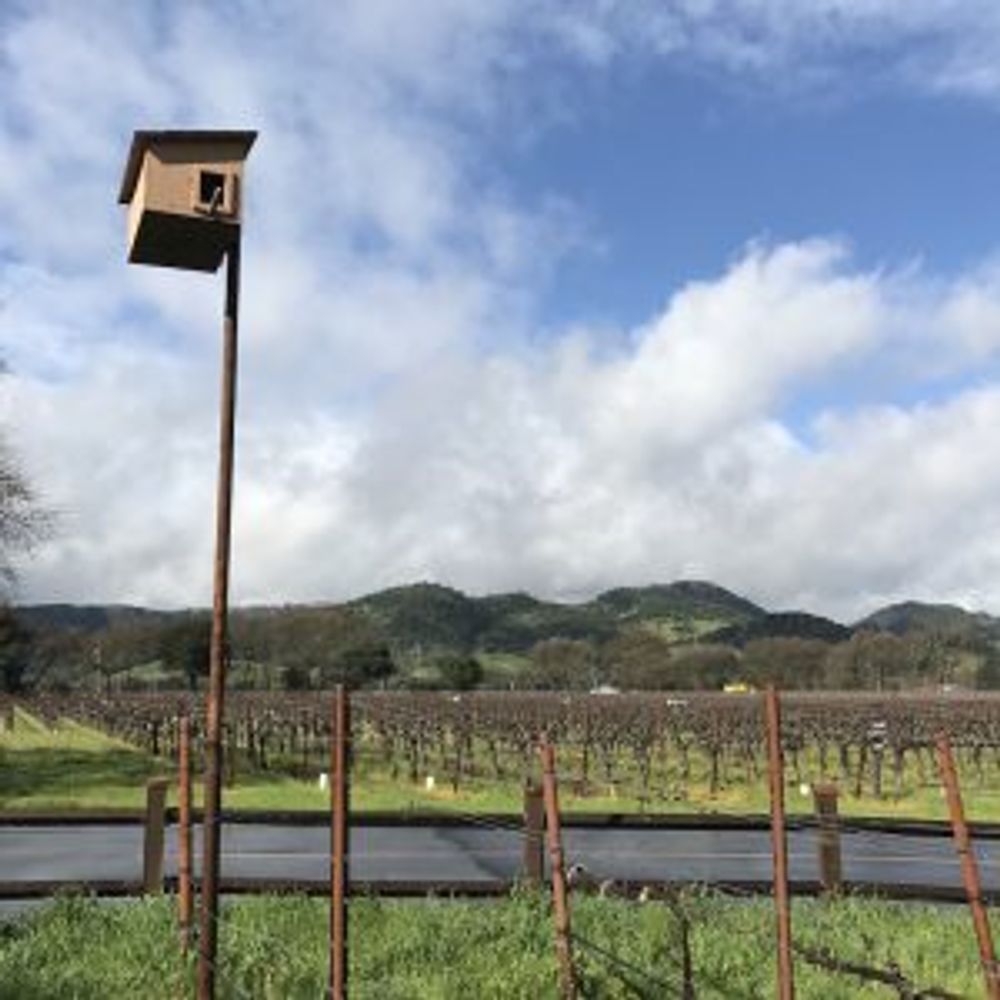
Barn Owl boxes provide a healthy return on investment – $60 for 2300 gophers a year
Barn Owl boxes are all over the place, and are fully stocked within days of construction, leading a few winemakers to wonder if there was a housing crisis for Barn Owls that we never knew about?!
Just one family of Barn Owls can see away 2500 gophers in a year. Not bad for the cost of a $60 box.
Western Bluebirds are nested to patrol during the day, and bats gorge themselves on vineyard moths at night.
But it’s not just looking after your soil and stopping using pesticides, it’s also about making sure that your neighbours, community, and employees are all happy with it all too.
In 1968 Napa County introduced the Agricultural Preserve Act, so that no one could build tall buildings or put up billboards or anything like that. It’s all about keeping the area perfect for all kinds of agriculture.
Corporate Social Responsibility (CSR) is something the big banks and consultancies scramble put huge stock in, and so do the winemakers of California. Over $100m dollars was raised last year alone for charitable foundations. Workers salaries are benchmarked, with many enjoying a good chunk of paid vacation and health insurance, an otherwise worrying rarity in the US.
Energy efficiency and waste management systems are also hugely important.
In the whole State of California over a third of the wineries are now powered by renewable energy sources, and it’s rising. Cover crops are decimated by hordes of sheep and cows, kept clear of the vines by a deer poo paint solution. Manure goes right back into mix as both compost and a heat energy source.

Separated at birth. Mike Turner (l) Pierre the randy ram (r)
Also worth mentioning here that working with animals keeps a massive smile on your face, unless you’ve got to go and feed Pierre the randy ram who was greedily eyeing up every female in our tour party!
Of course not everybody buys into it
Some, including Patz and Hall winery, note that it all sounds great, but what happens in the tougher years? It’s the old argument against anyone in the world of winemaking moving to these kinds of practices. Some just want to make a decent wine every year guaranteed, and do it for a reasonable price.
I do get that, but it’s there that the Sustainable Wine Program code book (the Lord only knows which chapter and verse) takes over.
One of the biggest criteria of doing this is to make it ECONOMICALLY VIABLE!
They give awards out every year to the winery that does best at doing just that. It is clearly possible.
To those of you out there that couldn’t care less and think this is all a bit twee? You’re wrong.
Normally I’m up other people’s opinions, but not today I’m afraid. We abuse this planet and what’s worse is that these days we know exactly how and why we abuse it. There’s no excuse anymore.
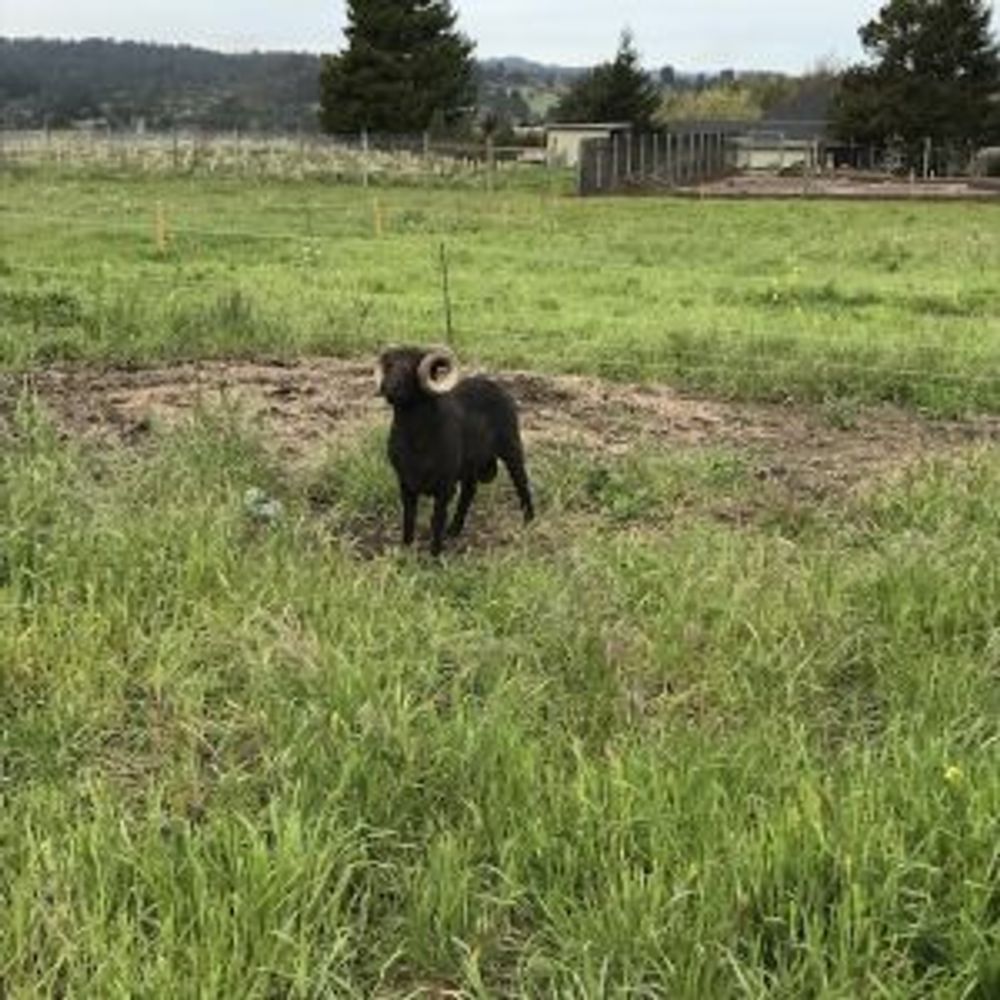
These kinds of initiatives, like here in California, or the amazing work being done in New Zealand and so on, demand and deserve our time and respect.
Luckily the best way we can help them improve and make it increasingly viable for all, is to proudly pop open a few bottles.
To Pierre the Ram!!
Cheers
Mike Turner runs the wine blog Please Bring Me My Wine and is a director of 20h33, an importer and marketer of Bordeaux wines. Follow Mike on www.twitter.com/PBMMW and www.twitter.com/20h33




